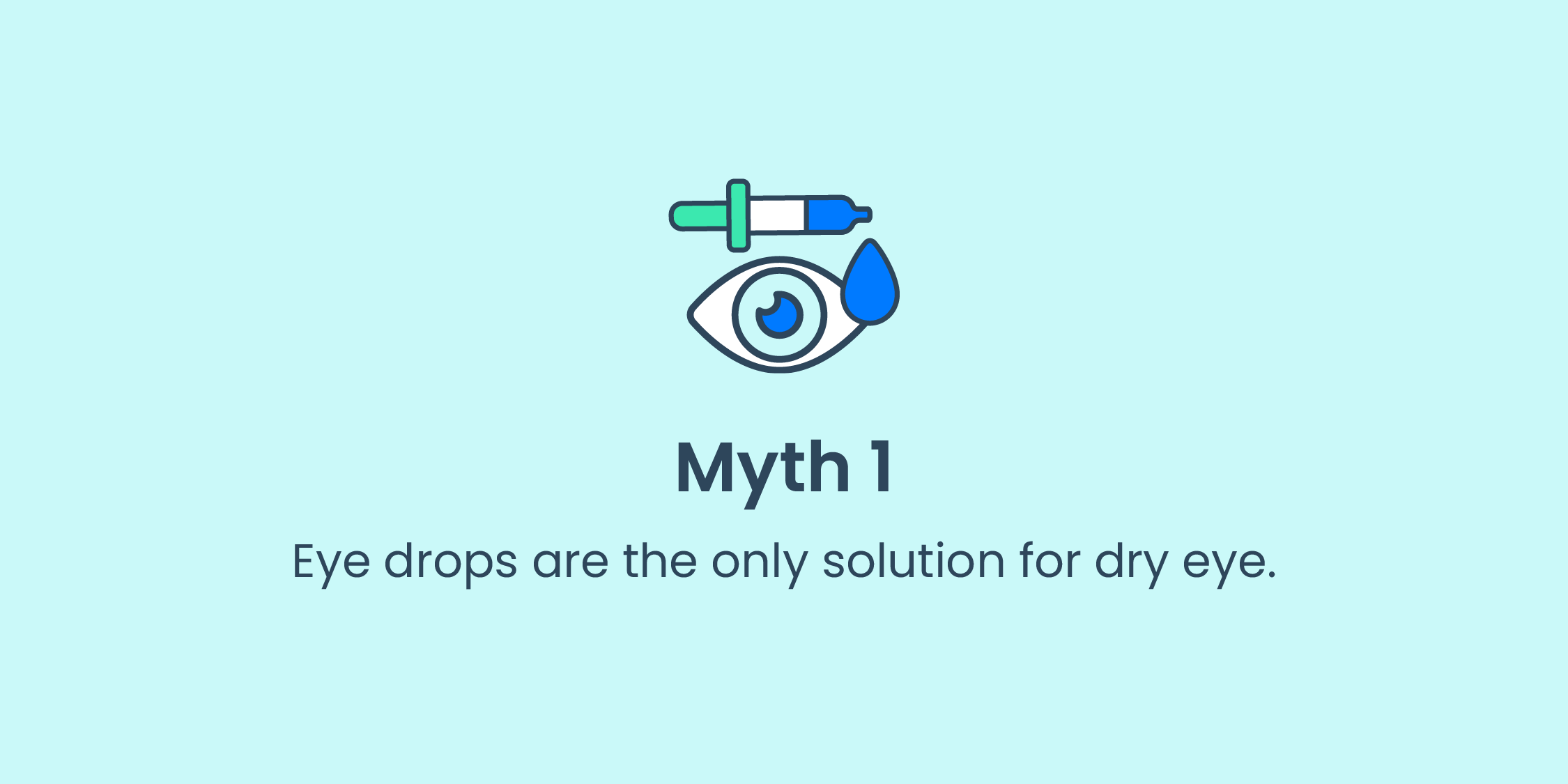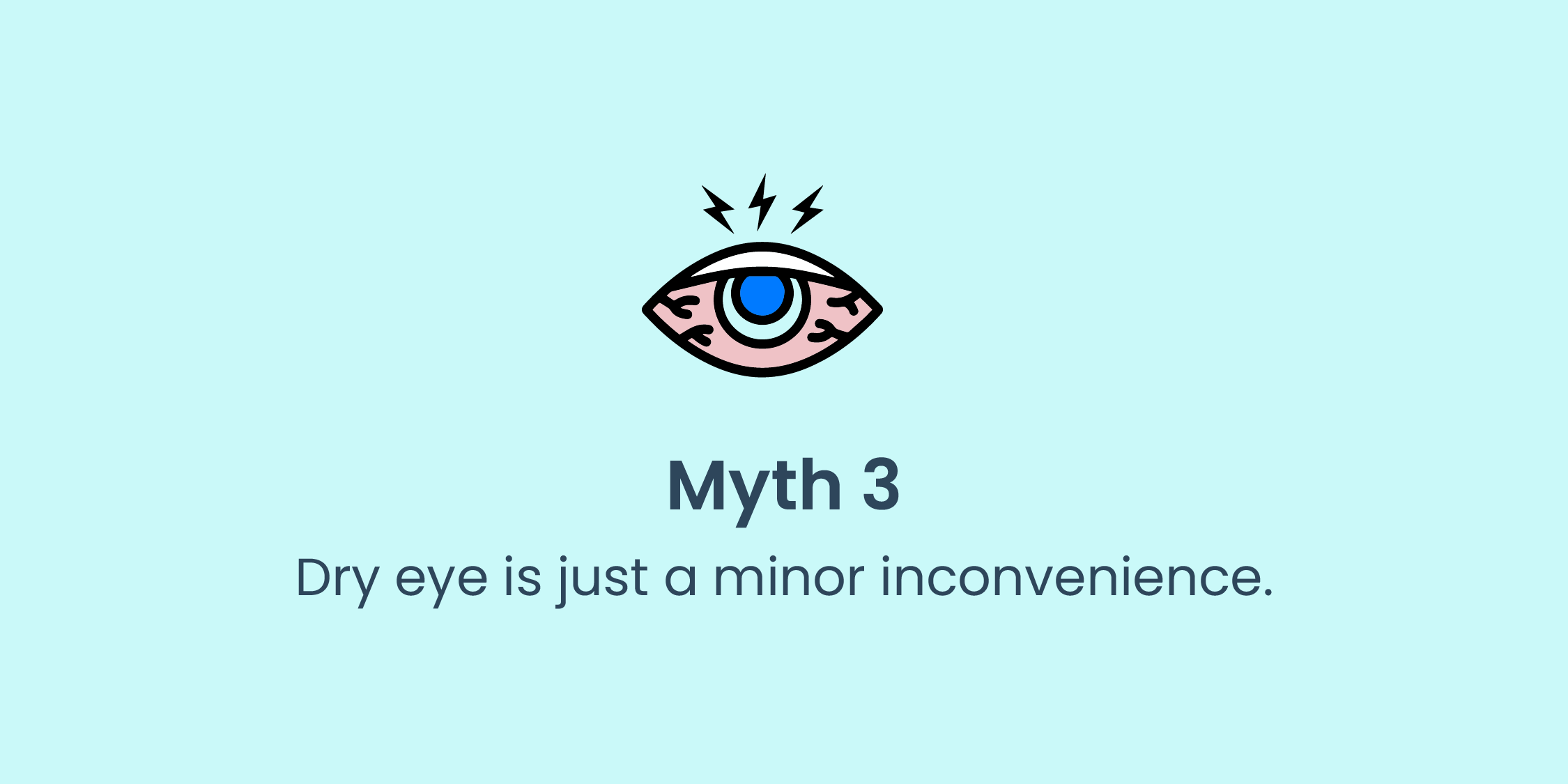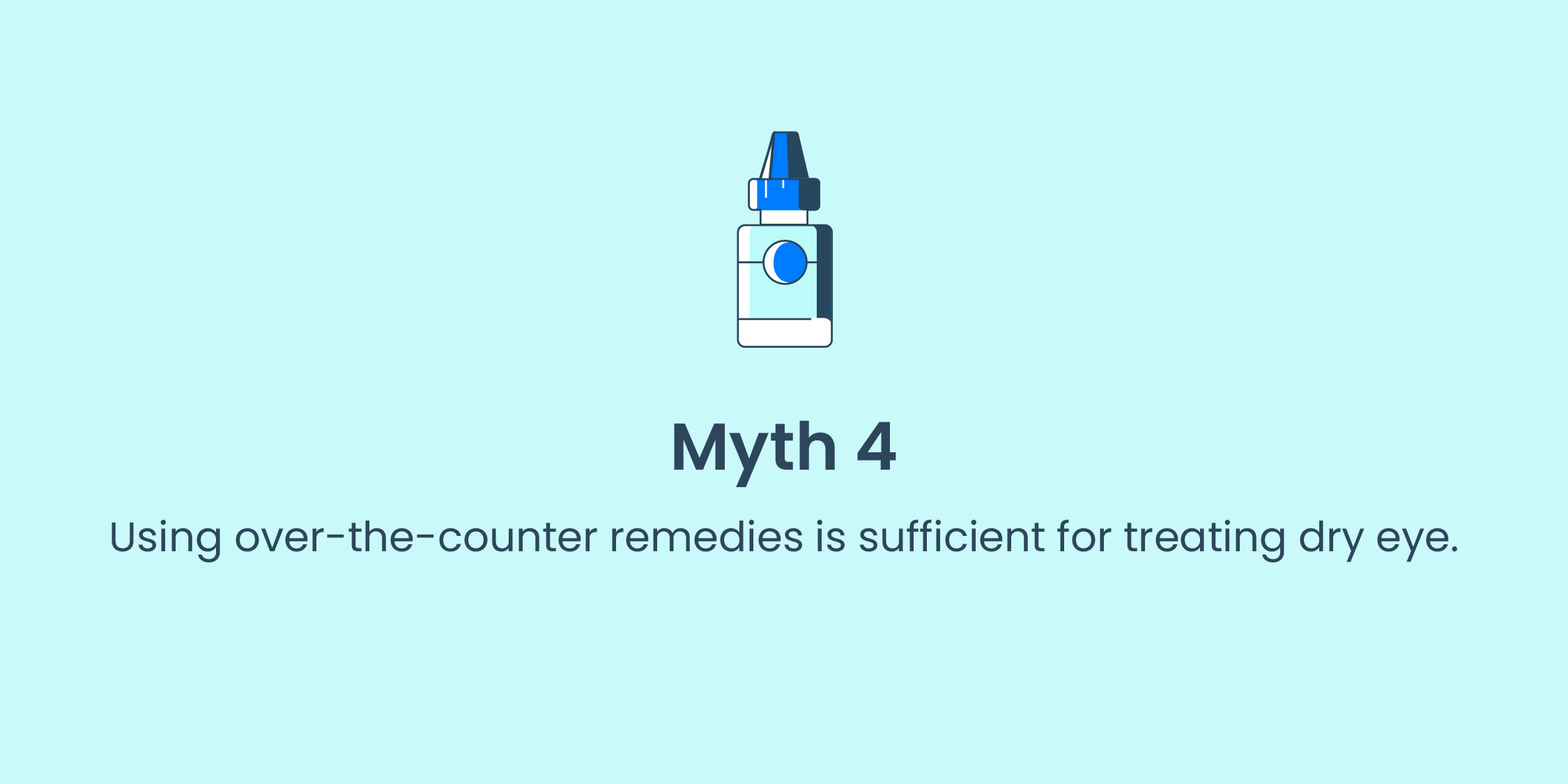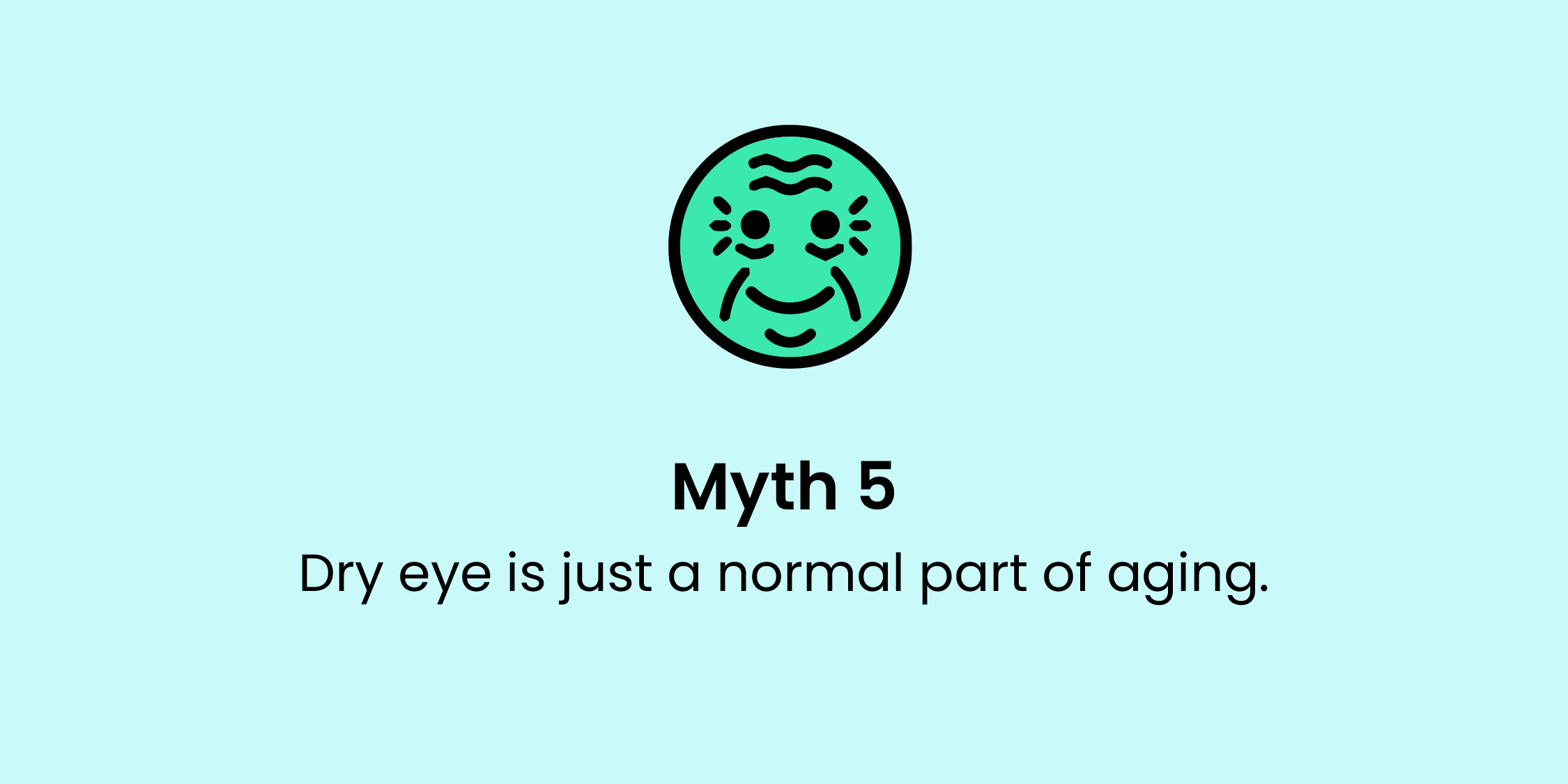By Dr. Cheryl Chapman, OD, FAAO, IACMM, FIAOMC, Dipl ABO
As a dry eye specialist with years of experience in the field and the co-founder of Peeq Pro, an eyelid hygiene company, I've encountered numerous myths and misconceptions surrounding the treatment of dry eye. In this post, I aim to debunk some of the most common myths, providing clarity and separating fact from fiction.

Fact: While eye drops are commonly used to relieve dry eye symptoms, they are not the only solution. Dry eye treatment is multifaceted and may involve a combination of approaches tailored to the individual patient. This may include lifestyle modifications, dietary changes, lid hygiene practices, in-office treatments, and more. A comprehensive approach is essential for effectively managing dry eye.

Fact: Not all eye drops are created equal. There are various types of eye drops available, including artificial tears, lubricating gels, and prescription medications. Each type has its own unique formulation and purpose. For example, a patient with lipid deficiency, will perform best with an oil-based drop. It's crucial for patients to consult with their eye care provider to determine which type of eye drop is most suitable for their specific condition.

Fact: Dry eye can have a significant impact on an individual's quality of life if left untreated. Chronic dry eye can cause discomfort, blurry vision, and even damage and scarring to the ocular surface if not properly managed. It's essential to take dry eye symptoms seriously and seek professional help for appropriate treatment.

Fact: While over-the-counter remedies such as artificial tears can provide temporary relief for dry eye symptoms, they may not address the underlying cause of the condition. Professional evaluation by an eye care specialist is necessary to determine the root cause of dry eye and develop a targeted treatment plan. Additionally, some cases of dry eye may require prescription medications or in-office procedures for optimal management.

Fact: While it's true that dry eye becomes more common with age, it is not an inevitable consequence of aging. Dry eye can occur at any age and may be caused by a variety of factors, including screen time, environmental conditions, systemic diseases, medications, and more. Regardless of age, individuals experiencing dry eye symptoms should seek evaluation and treatment from an eye care professional.
In conclusion, understanding the truth behind common myths about dry eye treatment is crucial for effective management of the condition. By debunking these myths and providing accurate information, patients can take proactive steps towards relieving their dry eye symptoms and improving their ocular health.
For personalized dry eye treatment recommendations and expert guidance, schedule a consultation with a dry eye specialist. Visit our website at peeqpro.com for more information on eyelid hygiene products designed to support ocular health.
Stay informed, stay proactive, and prioritize your eye health.

